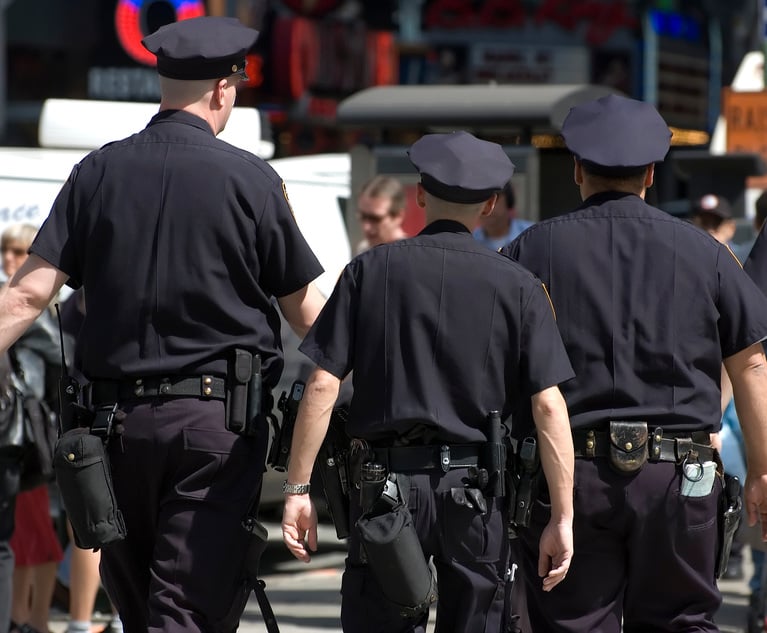 It has been held by the Court of Appeals that foreseeability of risk is an essential element of a fault-based negligence cause of action because the community deems a person at fault only when the injury-producing occurrence is one that could have been anticipated. DiPonzio v. Riordan, 89 N.Y.2d 578, 583 (1997). This concept dates back to Judge Benjamin Cardozo’s opinion in Palsgraf v. The Long Island Railroad Company, 248 N.Y. 339 (1928), when Ms. Palsgraf was denied recovery for her injuries as a matter of law because her physical location was so remote to the location of the arguable negligence that, as to her, the act was not negligence at all. Id. at 341.
It has been held by the Court of Appeals that foreseeability of risk is an essential element of a fault-based negligence cause of action because the community deems a person at fault only when the injury-producing occurrence is one that could have been anticipated. DiPonzio v. Riordan, 89 N.Y.2d 578, 583 (1997). This concept dates back to Judge Benjamin Cardozo’s opinion in Palsgraf v. The Long Island Railroad Company, 248 N.Y. 339 (1928), when Ms. Palsgraf was denied recovery for her injuries as a matter of law because her physical location was so remote to the location of the arguable negligence that, as to her, the act was not negligence at all. Id. at 341.
The Court of Appeals made it clear in Danielenko v. Kinney Rent A Car, 57 N.Y.2d 189, 204 (1982) that whether a breach of duty has occurred depends upon whether the resulting injury was a reasonably foreseeable consequence of the defendant’s conduct. Aside from the proximate cause defenses which the case may involve, the element of foreseeability is a separate concern and should be addressed as such by counsel and the court. The foreseeability defense is frequently blended into the issue of causation, but there are clear advantages to the defense where the distinction can be articulated.






